15 Countries That Have The Most National Parks
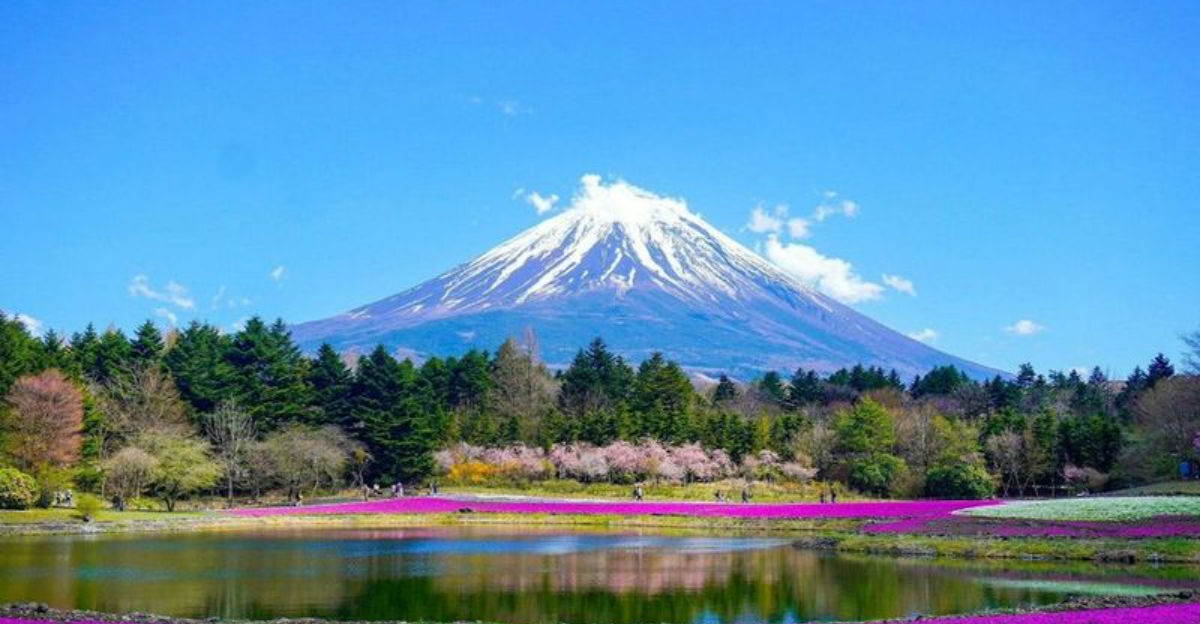
National parks are treasured natural areas set aside for conservation, recreation, and to showcase a country’s most spectacular landscapes. These protected wilderness areas serve as havens for wildlife and provide breathtaking experiences for visitors from around the world.
Let’s explore which countries have established the most national parks, showcasing their commitment to preserving natural heritage.
1. United States – Home to 63 National Parks
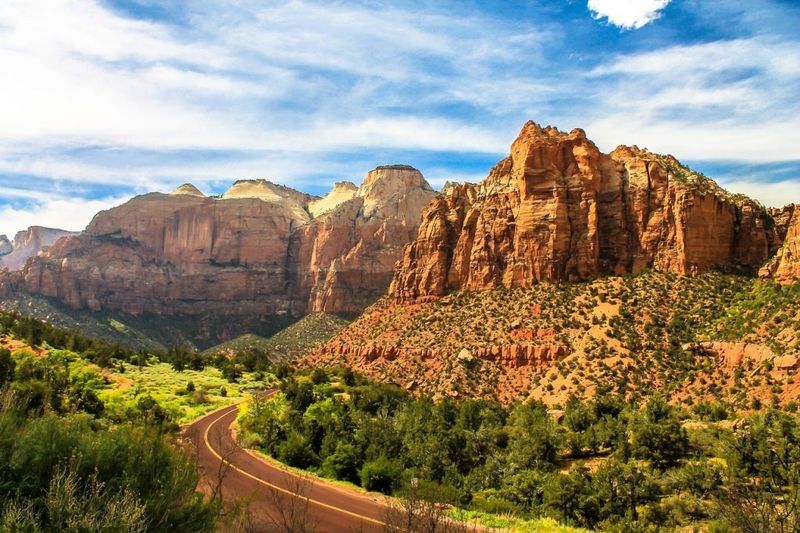
From the geothermal wonders of Yellowstone to the vast chasms of the Grand Canyon, no country embraces the national park concept quite like America. The United States pioneered the modern national park movement when Yellowstone was established in 1872.
Today, these diverse parks protect everything from desert landscapes to ancient forests, showcasing the country’s remarkable biodiversity and natural splendor across all 50 states.
2. Australia – Protecting 685 National Parks
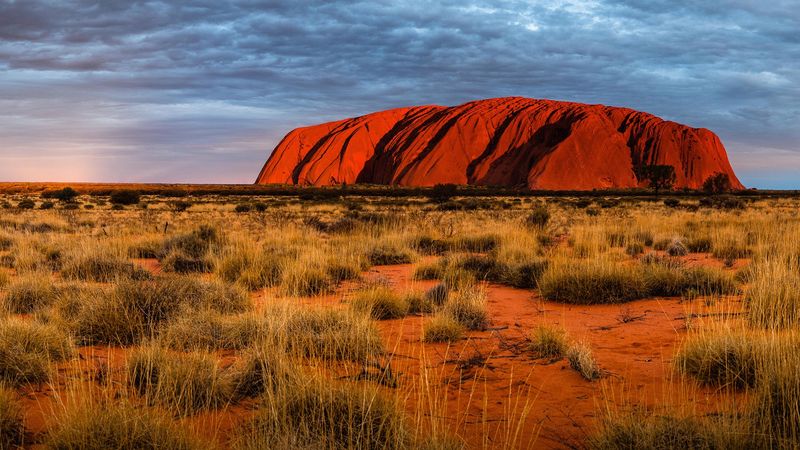
Vast expanses of untamed wilderness span across this island continent, harboring unique ecosystems found nowhere else on Earth. Australia’s commitment to conservation is evident in its impressive network of protected areas.
From the tropical rainforests of Queensland to the red deserts of the Outback, these parks safeguard distinctive wildlife like kangaroos, koalas, and platypuses that have evolved in isolation for millions of years.
3. China – Boasting Over 250 National Parks
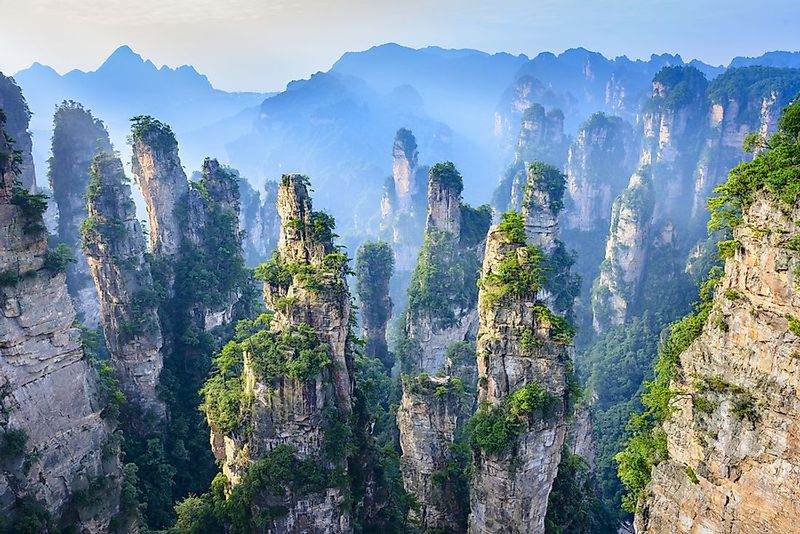
Ancient mountains shrouded in mist create landscapes that seem plucked straight from traditional scroll paintings. The national parks of this vast Asian nation preserve both natural wonders and cultural heritage sites of immense importance.
China’s protected areas range from the towering karst formations of Zhangjiajie (which inspired the floating mountains in Avatar) to the pandas’ bamboo forest habitats in Sichuan, showcasing remarkable geographical diversity.
4. Canada – Featuring 48 National Parks
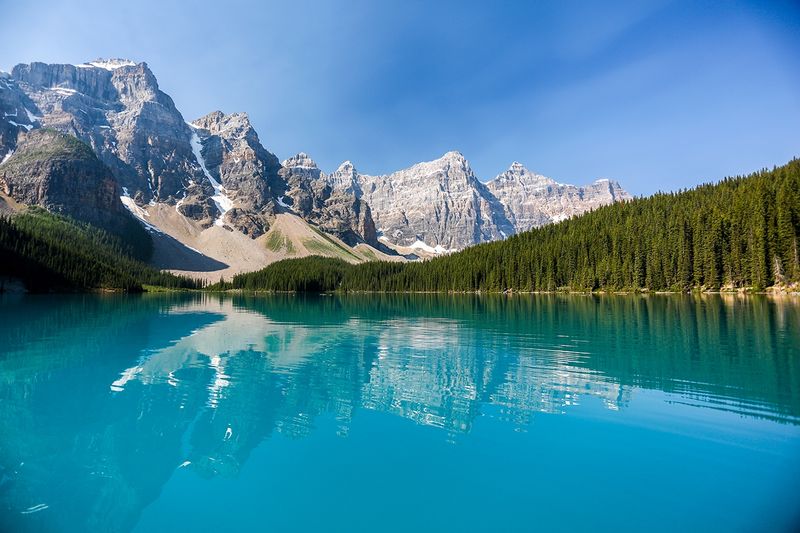
Rugged wilderness stretches across the world’s second-largest country, with protected areas spanning six time zones. Canada’s commitment to conservation encompasses massive tracts of pristine landscapes.
From the towering Rocky Mountains to the coastal rainforests of British Columbia, these parks protect crucial habitats for iconic wildlife like grizzly bears, moose, and beavers. Many Canadian parks also honor the deep connections of Indigenous peoples to these lands.
5. Brazil – Maintaining 74 National Parks
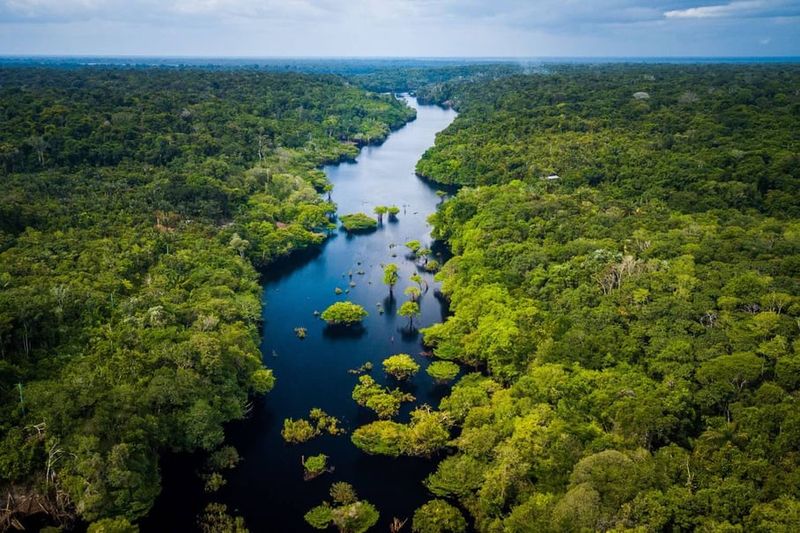
Lush green canopies stretch as far as the eye can see in the world’s largest tropical rainforest. The Amazon Basin forms the centerpiece of Brazil’s conservation efforts, though the country’s protected areas extend far beyond this iconic ecosystem.
Brazilian parks safeguard incredible biodiversity hotspots including the wetlands of the Pantanal, the coastal Atlantic Forest, and the unique rock formations of Chapada Diamantina, preserving habitats for countless species found nowhere else.
6. Mexico – Preserving 67 National Parks
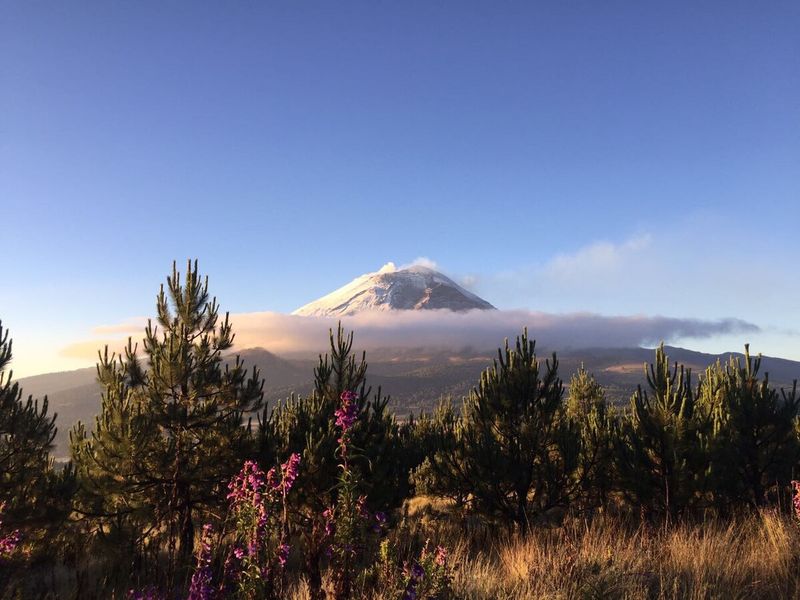
Ancient volcanic peaks tower over landscapes where pre-Columbian civilizations once thrived. The national parks of this North American nation protect both natural wonders and important archaeological sites.
Mexico’s diverse protected areas range from desert ecosystems and coral reefs to cloud forests and mountain ranges. These parks safeguard crucial habitats for monarch butterflies, jaguars, and numerous endemic species while honoring the country’s rich cultural heritage.
7. India – Maintaining 104 National Parks
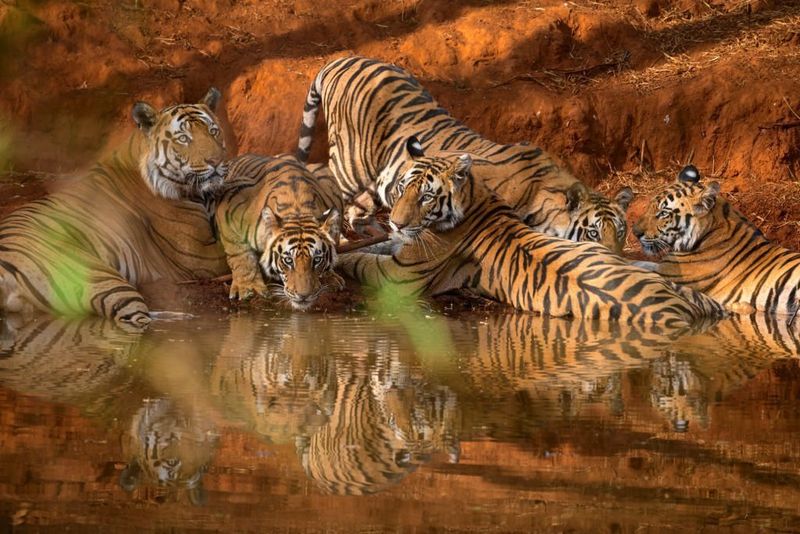
Sacred rivers flow through diverse landscapes where tigers still roam free in protected reserves. The subcontinent’s commitment to conservation spans from the Himalayan mountains to tropical southern forests.
India’s national parks protect crucial habitats for endangered species like Bengal tigers, one-horned rhinoceros, and Asiatic lions. These areas balance conservation with the needs of local communities who have traditional connections to these lands dating back thousands of years.
8. Thailand – Housing 147 National Parks
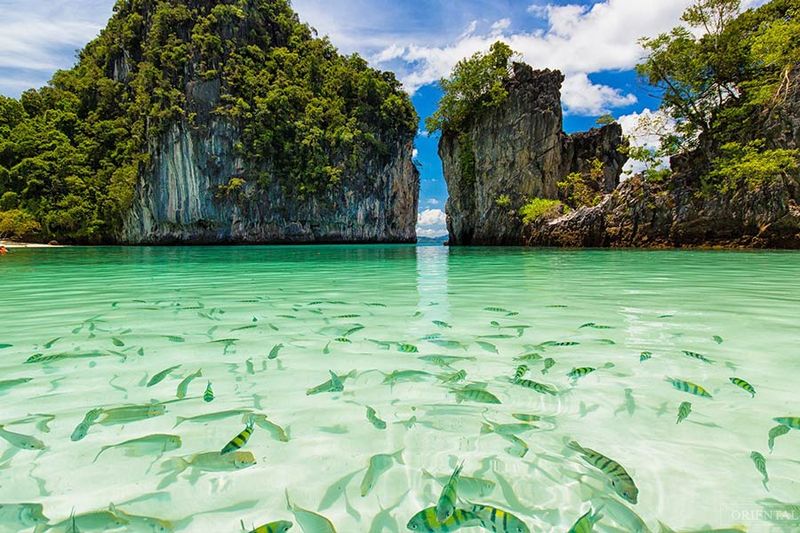
Emerald waters lap against limestone karsts rising dramatically from the Andaman Sea. This Southeast Asian nation has developed an extensive system of protected areas covering both land and marine environments.
Thailand’s parks preserve everything from mountainous northern forests to southern coastal ecosystems. Famous parks like Khao Sok protect ancient rainforests older than the Amazon, while marine parks safeguard some of the world’s most diverse coral reef systems.
9. Indonesia – Protecting 54 National Parks
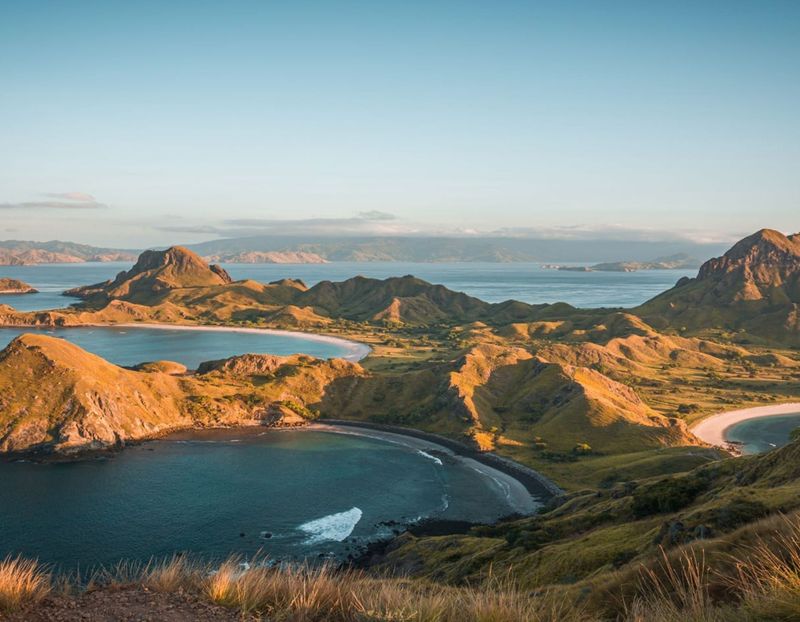
Volcanic islands scattered across the equator create a paradise for biodiversity unlike anywhere else on Earth. This archipelago nation spans multiple biogeographical regions, resulting in extraordinary ecological diversity.
Indonesian parks protect habitats for unique creatures like Komodo dragons, orangutans, and birds of paradise. The country’s marine parks safeguard coral triangle ecosystems containing the highest marine biodiversity on the planet, making them crucial conservation priorities.
10. Russia – Encompassing 64 National Parks
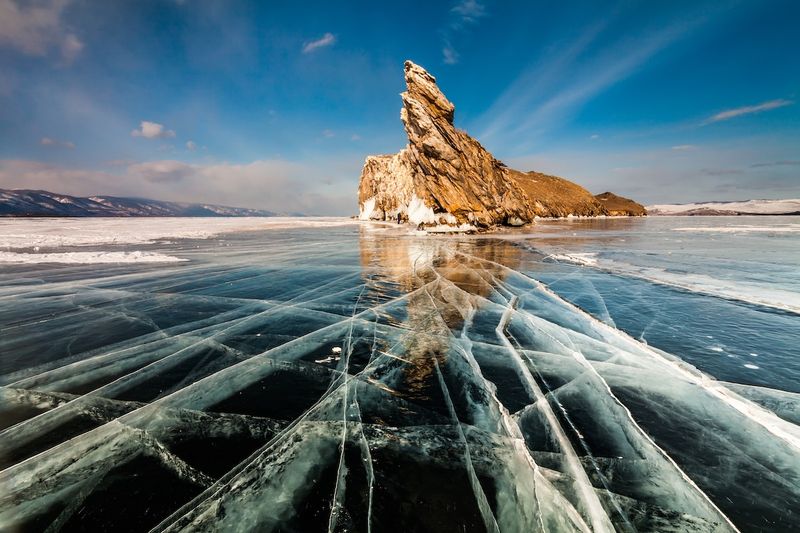
Vast taiga forests stretch across the world’s largest country, protecting wilderness areas of immense scale. The Russian system of zapovedniks (strict nature reserves) and national parks preserves some of the planet’s last truly wild places.
From the volcanic landscapes of Kamchatka to Lake Baikal (containing 20% of Earth’s unfrozen freshwater), Russian protected areas safeguard crucial habitats for brown bears, Siberian tigers, and countless migratory bird species across eleven time zones.
11. Argentina – Featuring 36 National Parks
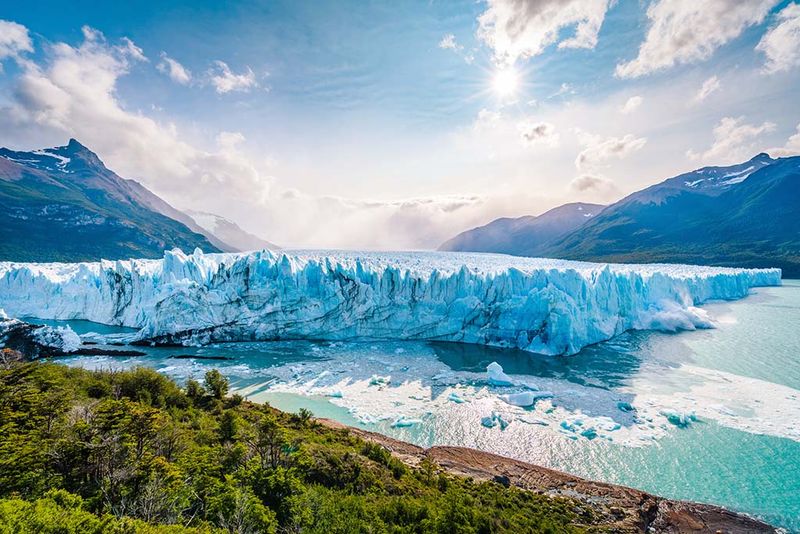
Glacial ice fields contrast with arid steppes in a country stretching from subtropical forests to the edge of Antarctica. The diverse landscapes of this South American nation require equally diverse conservation approaches.
Argentina’s national parks protect iconic regions like Patagonia’s mountains and the thundering Iguazú Falls. These protected areas safeguard habitats for pumas, guanacos, and Andean condors while preserving some of the continent’s most spectacular scenery.
12. Japan – Maintaining 34 National Parks
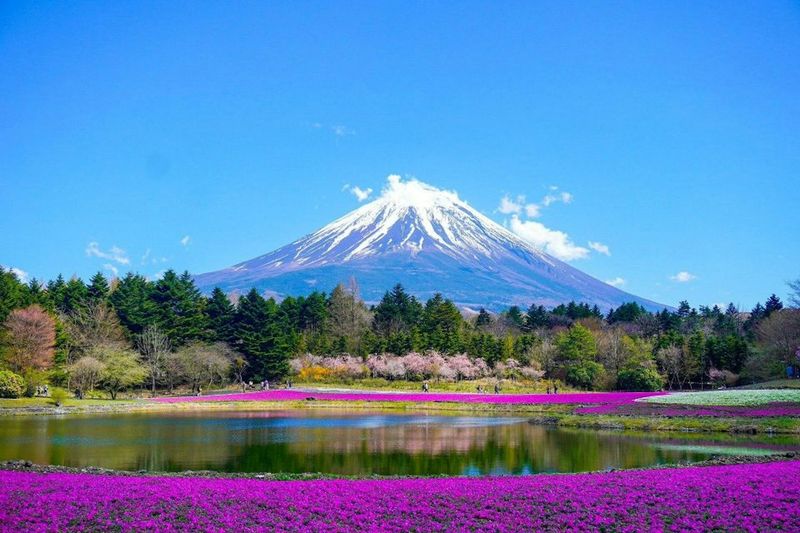
Volcanic peaks rise from mist-shrouded forests in a country that balances modern development with deep reverence for nature. The Japanese approach to conservation emphasizes both ecological and cultural values within protected landscapes.
Japan’s national parks preserve iconic natural features like Mount Fuji and the alpine regions of Hokkaido. These areas protect habitats for macaques, bears, and numerous endemic species while providing essential recreational spaces for one of the world’s most densely populated countries.
13. South Africa – Boasting 20+ National Parks
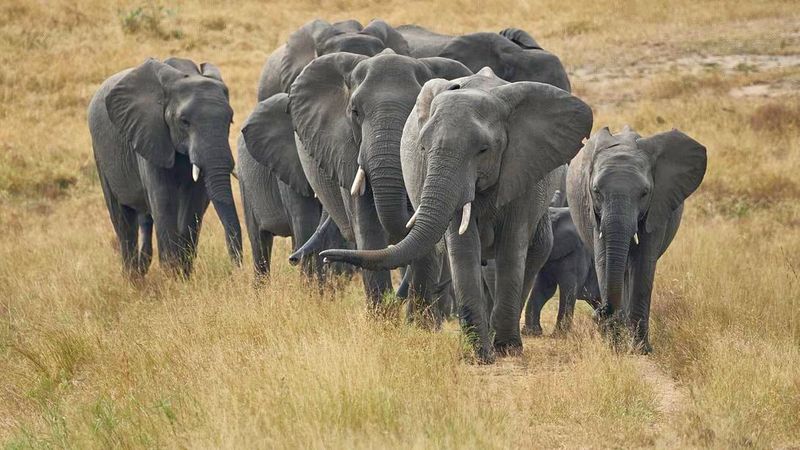
Safari vehicles traverse golden savannas where some of Africa’s most iconic wildlife still roams free. The conservation legacy of this nation stands as a model for balancing ecosystem protection with sustainable tourism.
South African parks like Kruger protect crucial habitats for the Big Five (lion, leopard, rhino, elephant, and buffalo). The country’s protected areas span diverse ecosystems from the semi-desert Karoo to subtropical coastal forests, showcasing remarkable biodiversity.
14. New Zealand – Featuring 13 National Parks
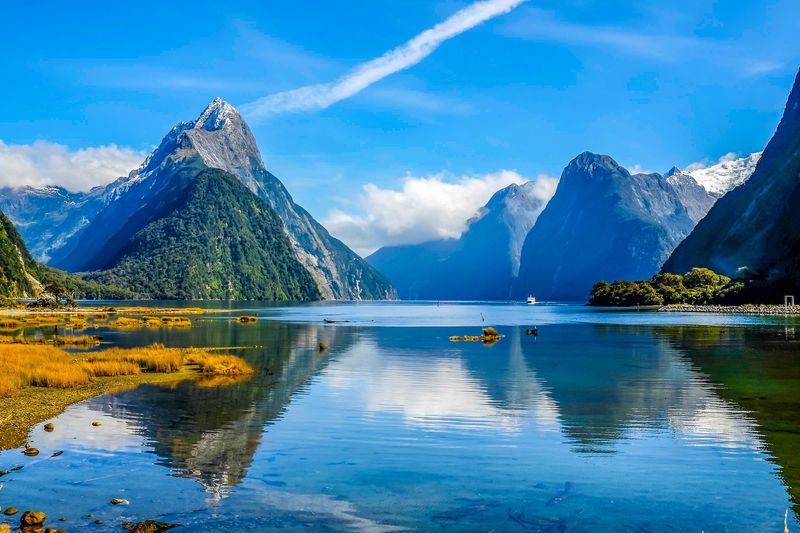
Dramatic alpine landscapes carved by ancient glaciers create some of Earth’s most spectacular scenery. Despite having fewer parks than some countries, these protected areas cover nearly a third of New Zealand’s land area.
Kiwi conservation efforts preserve unique ecosystems found nowhere else, from the fjords of Fiordland to the volcanic plateaus of Tongariro. These parks protect habitats for endemic species that evolved in isolation for millions of years on these remote islands.
15. Costa Rica – Protecting 30 National Parks
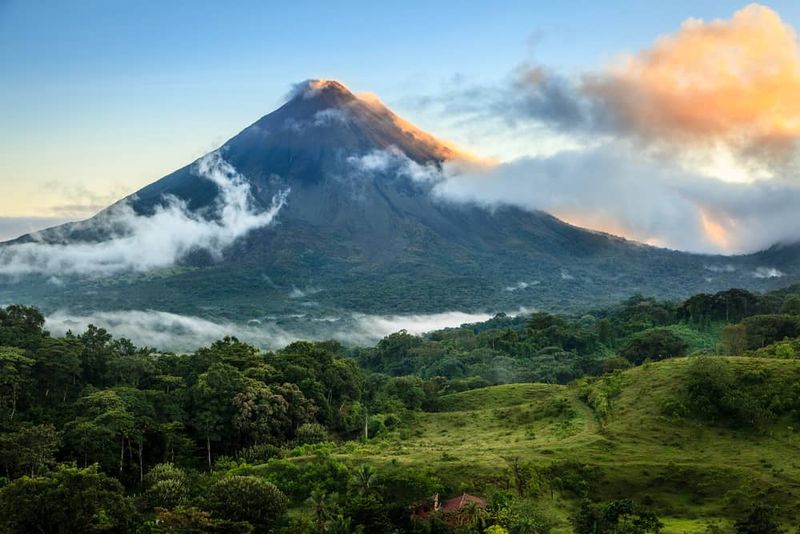
Misty cloud forests teem with wildlife in a country that has become synonymous with ecotourism and conservation success. Despite its small size, this Central American nation has dedicated over 25% of its territory to protected areas.
Costa Rican parks preserve remarkable biodiversity hotspots containing an estimated 5% of all species on Earth. These protected areas span diverse ecosystems from rainforests to coral reefs, showcasing the country’s commitment to being a global conservation leader.
